Deglaciation ages for valley glaciers from the last glacial maximum are difficult to obtain with precision. The unequal or non-uniform loss of glacial ice cover (spatial heterogeneity) during glacial retreat results in exposure of considerable land surface area prior to complete deglaciation. New U-series dates from an 11cm long stalagmite in a shallow, high elevation (3242 m) cave in the southern San Juan Mountains of southwestern Colorado (USA), indicate that substantial, high-elevation glacial ice ablation occurred prior to 13.5 ka. The stalagmite dates compare well with other deglaciation studies in central and southern Colorado that show deglaciation occurred between ca. 13 ka to 15 ka. Low δ13C values from 13.5 ka speleothem growth bands, relative to the δ13C value of the host carbonate, suggest that alpine plant and soil cover was established at this location, aspect, and elevation prior to 13.5 ka. Calcite luminescence in the 13.5 ka growth bands indicates the presence of humic and fulvic acids released by the roots of living plants and decomposition of vegetative matter. The carbon isotope ratios, calcite luminescence, and U-series dates suggest that the southern San Juan Mountains, at this high elevation site and southern aspect were substantially ice-free prior to 13.5 ka.
1.
Introduction
Let ∑ denote the class of meromorphic function of the form:
which are analytic in the punctured open unit disc U∗={ω:ω∈C and 0<|ω|<1}=U−{0}, where U=U∗∪{0}. Let δ(ω)∈∑, be given by
then the Convolution (Hadamard product) of λ(ω) and δ(ω) is denoted and defined as:
In 1967, MacGregor [17] introduced the concept of majorization as follows.
Definition 1. Let λ and δ be analytic in U∗. We say that λ is majorized by δ in U∗ and written as λ(ω)≪δ(ω)ω∈U∗, if there exists a function φ(ω), analytic in U∗, satisfying
In 1970, Robertson [19] gave the idea of quasi-subordination as:
Definition 2. A function λ(ω) is subordinate to δ(ω) in U and written as: λ(ω)≺δ(ω), if there exists a Schwarz function k(ω), which is holomorphic in U∗ with |k(ω)|<1, such that λ(ω)=δ(k(ω)). Furthermore, if the function δ(ω) is univalent in U∗, then we have the following equivalence (see [16]):
Further, λ(ω) is quasi-subordinate to δ(ω) in U∗ and written is
if there exist two analytic functions φ(ω) and k(ω) in U∗ such that λ(ω)φ(ω) is analytic in U∗ and
satisfying
(ⅰ) For φ(ω)=1 in (1.5), we have
and we say that the λ function is subordinate to δ in U∗, denoted by (see [20])
(ⅱ) If k(ω)=ω, the quasi-subordination (1.5) becomes the majorization given in (1.3). For related work on majorization see [1,4,9,21].
Let us consider the second order linear homogenous differential equation (see, Baricz [6]):
The function kν,α,β(ω), is known as generalized Bessel's function of first kind and is the solution of differential equation given in (1.6)
Let us denote
where ν,α and β are positive real numbers. The operator Lν,α,β is a variation of the operator introduced by Deniz [7] (see also Baricz et al. [5]) for analytic functions. By using the convolution, we define the operator Lν,α,β as follows:
The operator Lν,α,β was introduced and studied by Mostafa et al. [15] (see also [2]). From (1.8), we have
By taking α=β=1, the above operator reduces to ( Lνλ)(ω) studied by Aouf et al. [2].
Definition 3. Let −1≤B<A≤1,η∈C−{0},j∈W and ν,α,β>0. A function λ∈∑ is said to be in the class Mν,jα,β(η,ϰ;A,B) of meromorphic functions of complex order η≠0 in U∗ if and only if
Remark 1.
(i). For A=1,B=−1 and ϰ=0, we denote the class
So, λ∈Mν,jα,β(η,ϰ;A,B) if and only if
(ii). For α=1,β=1, Mν,j1,1(η,0;1,−1) reduces to the class Mν,j(η).
Definition 4. A function λ∈∑ is said to be in the class Nν,jα,β(θ,b;A,B) of meromorphic spirllike functions of complex order b≠0 in U∗, if and only if
where,
(i). For A=1 and B=−1, we set
where Nν,jα,β(θ,b) denote the class of functions λ∈∑ satisfying the following inequality:
(ii). For θ=0 and α=β=1 we write
where Nν,j(b) denote the class of functions λ∈∑ satisfying the following inequality:
A majorization problem for the normalized class of starlike functions has been examined by MacGregor [17] and Altintas et al. [3,4]. Recently, Eljamal et al. [8], Goyal et al. [12,13], Goswami et al. [10,11], Li et al. [14], Tang et al. [21,22] and Prajapat and Aouf [18] generalized these results for different classes of analytic functions.
The objective of this paper is to examined the problems of majorization for the classes Mν,jα,β(η,ϰ;A,B) and Nν,jα,β(θ,b;A,B).
2.
Majorization problem for the class Mν,jα,β(η,ϰ;A,B)
In Theorem 1, we prove majorization property for the class Mν,jα,β(η,ϰ;A,B).
Theorem 1. Let the function λ∈∑ and suppose that δ∈Mν,jα,β(η,ϰ;A,B). If (Lν,α,βλ(ω))j is majorized by (Lν,α,βδ(ω))j in U∗, then
where r0=r0(η,ϰ,ν,α,β,A,B) is the smallest positive roots of the equation
Proof. Since δ∈Mν,jα,β(η,ϰ;A,B), we have
where k(ω)=c1ω+c2ω2+..., is analytic and bounded functions in U∗ with
Taking
In (2.3), we have
which implies
Using (2.6) in (2.5), we get
Application of Leibnitz's Theorem on (1.9) gives
By using (2.8) in (2.7) and making simple calculations, we have
Or, equivalently
Since |k(ω)|≤|ω|, (2.10) gives us
Since (Lν,α,βλ(ω))j is majorized by (Lν,α,βδ(ω))j in U∗. So from (1.3), we have
Differentiating (2.12) with respect to ω then multiplying with ω, we get
By using (2.8), (2.12) and (2.13), we have
On the other hand, noticing that the Schwarz function φ satisfies the inequality
Using (2.8) and (2.15) in (2.14), we get
By taking
reduces to the inequality
where
takes in maximum value at ρ=1 with r0=r0(η,ϰ,ν,α,β,A,B) where r0 is the least positive root of the (2.2). Furthermore, if 0≤ξ0≤r0(η,ϰ,ν,α,β,A,B), then the function ψ1(ρ) defined by
is an increasing function on the interval (0≤ρ≤1), so that
Hence, upon setting ρ=1 in (2.17), we achieve (2.1).
Special Cases: Let A=1 and B=−1 in Theorem 1, we obtain the following corollary.
Corollary 1. Let the function λ∈∑ and suppose that δ∈Mν,jα,β(η,ϰ;A,B). If (Lν,α,βλ(ω))j is majorized by (Lν,α,βδ(ω))j in U∗, then
where r1=r1(η,ϰ,ν,α,β) is the least positive roots of the equation
Here, r=−1 is one of the roots (2.18) and the other roots are given by
where
Taking ϰ=0 in corollary 1, we state the following:
Corollary 2. Let the function λ∈∑ and suppose that δ∈Mν,jα,β(η,ϰ;A,B). If (Lν,α,βλ(ω))j is majorized by (Lν,α,βδ(ω))j in U∗, then
where r2=r2(η,ν,α,β) is the lowest positive roots of the equation
given by
where
Taking α=β=1 in corollary 2, we get the following:
Corollary 3. Let the function λ∈∑ and suppose that δ∈Mν,jα,β(η,ϰ;A,B). If (Lν,α,βλ(ω))j is majorized by (Lν,α,βδ(ω))j in U∗, then
where r3=r3(η,ν) is the lowest positive roots of the equation
given by
where
3.
Majorization problem for the class Nν,jα,β(θ,b;A,B)
Secondly, we exam majorization property for the class Nν,jα,β(θ,b;A,B).
Theorem 2. Let the function λ∈∑ and suppose that δ∈Nν,jα,β(θ,b;A,B). If
then
where r4=r4(θ,b,ν,α,β,A,B) is the smallest positive roots of the equation
Proof. Since δ∈Nν,jα,β(θ,b;A,B), so
where, k(ω) is defined as (2.4).
From (3.3), we have
Now, using (2.8) in (3.4) and making simple calculations, we obtain
which, in view of |k(ω)|≤|ω| (ω∈U∗), immediately yields the following inequality
Now, using (2.15) and (3.6) in (2.14) and working on the similar lines as in Theorem 1, we have
By setting |ω|=r,|φ(ω)|=ρ(0≤ρ≤1), leads us to the inequality
where the function Φ2(ρ) is given by
Φ2(ρ) its maximum value at ρ=1 with r4=r4(θ,b,ν,α,β,A,B) given in (3.2). Moreover if 0≤ξ1≤r4(θ,b,ν,α,β,A,B), then the function.
increasing on the interval 0≤ρ≤1, so that ψ2(ρ) does not exceed
Therefore, from this fact (3.7) gives the inequality (3.1). We complete the proof.
Special Cases: Let A=1 and B=−1 in Theorem 2, we obtain the following corollary.
Corollary 4. Let the function λ∈∑ and suppose that δ∈Nν,jα,β(θ,b;A,B). If
then
where r5=r5(θ,b,ν,α,β) is the lowest positive roots of the equation
Where r=−1 is first roots and the other two roots are given by
and
Which reduces to Corollary 4 for θ=0.
Corollary 5. Let the function λ∈∑ and suppose that δ∈Nν,jα,β(θ,b;A,B). If
then
where r6=r6(b,ν,α,β) is the least positive roots of the equation
given by
and
Taking α=β=1 in corollary 5, we get.
Corollary 6. Let the function λ∈∑ and suppose that δ∈Nν,jα,β(θ,b;A,B). If
then
where r7=r7(b,ν) is the lowest positive roots of the equation
given by
and
4.
Conclusion
In this paper, we explore the problems of majorization for the classes Mν,jα,β(η,ϰ;A,B) and Nν,jα,β(θ,b;A,B) by using a convolution operator Lν,α,β. These results generalizes and unify the theory of majorization which is an active part of current ongoing research in Geometric Function Theory. By specializing different parameters like ν,η,ϰ,θ and b, we obtain a number of important corollaries in Geometric Function Theory.
Acknowledgments
The work here is supported by GUP-2019-032.
Conflict of interest
The authors agree with the contents of the manuscript, and there is no conflict of interest among the authors.











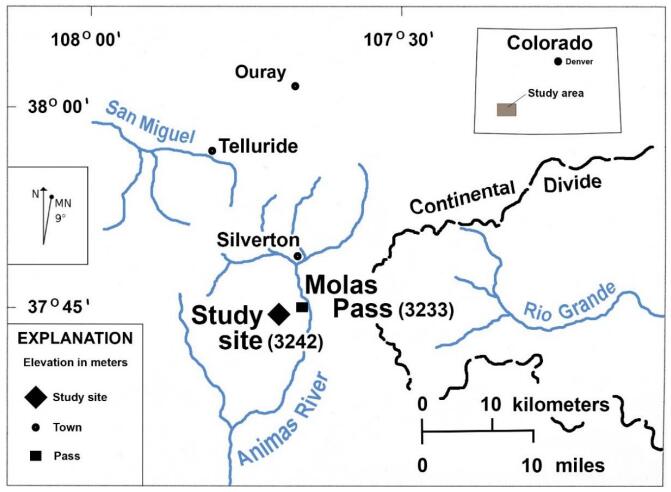
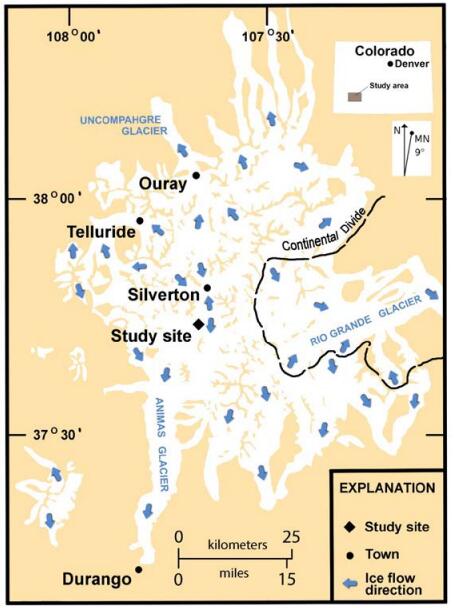
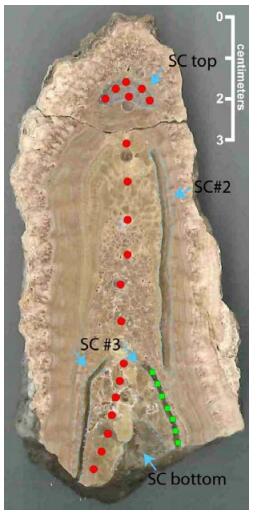
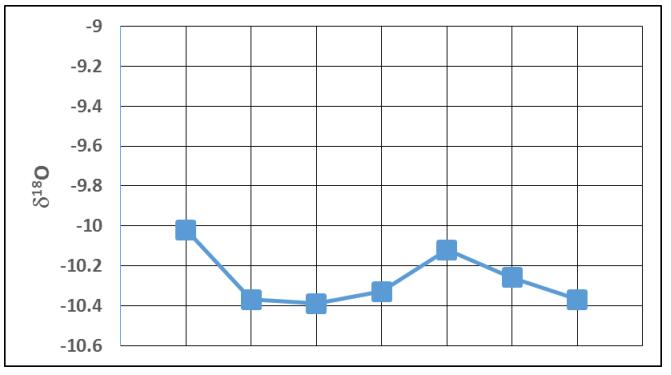
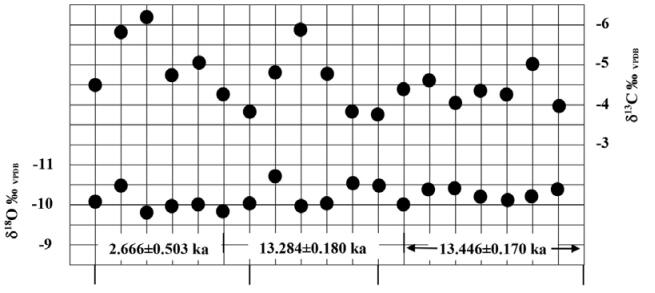
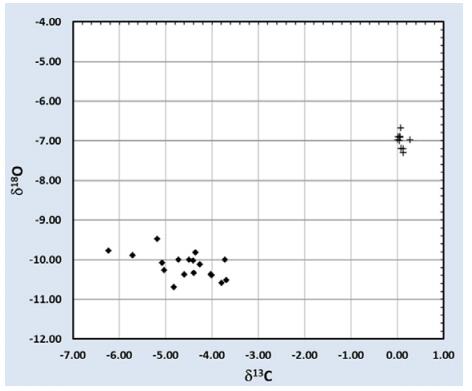
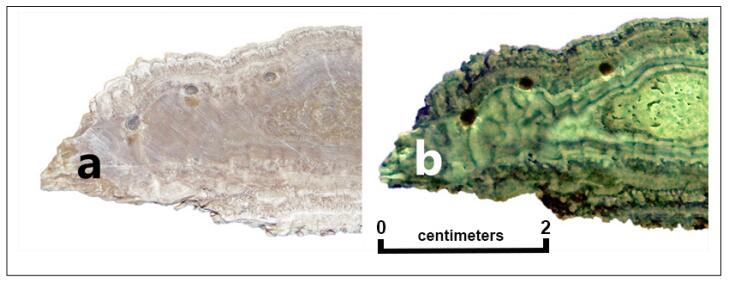
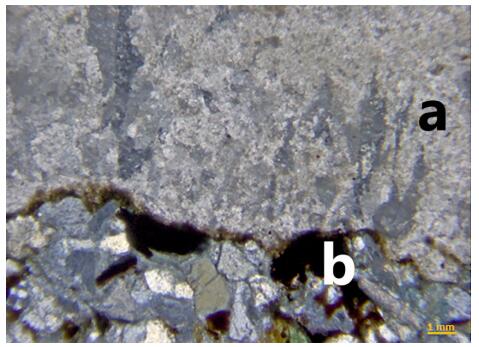
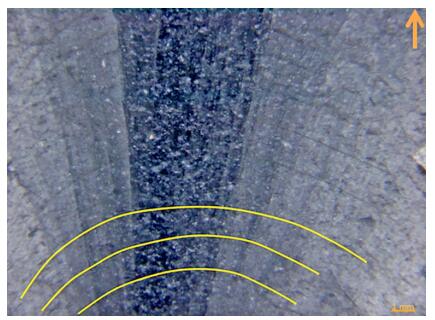


 DownLoad:
DownLoad: